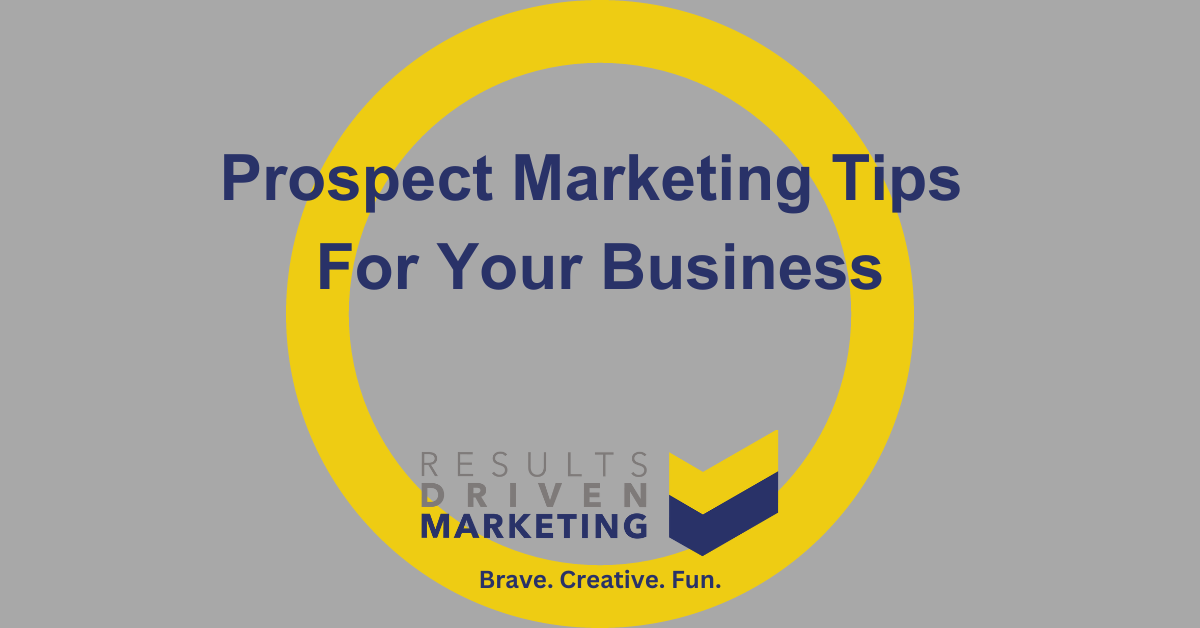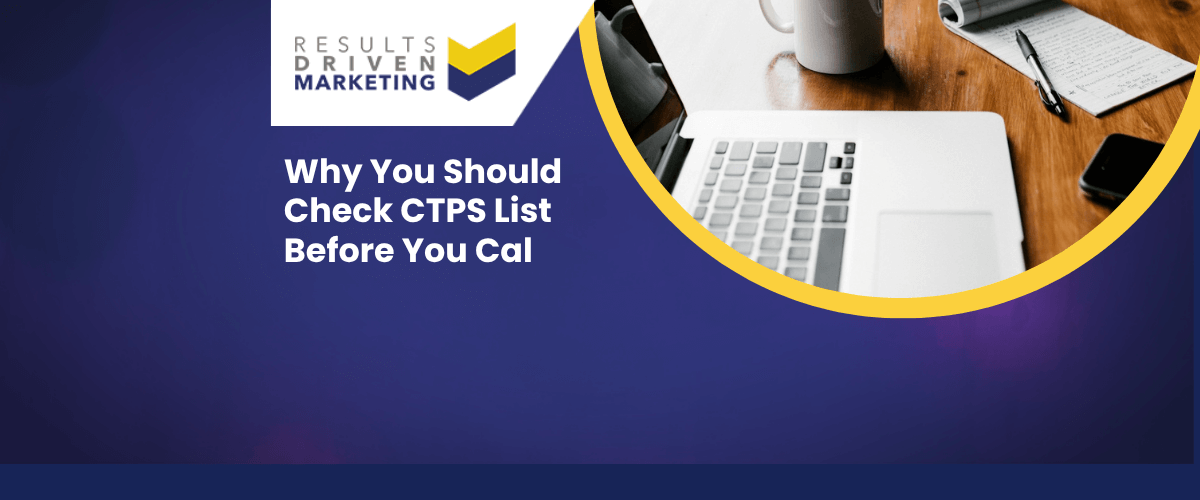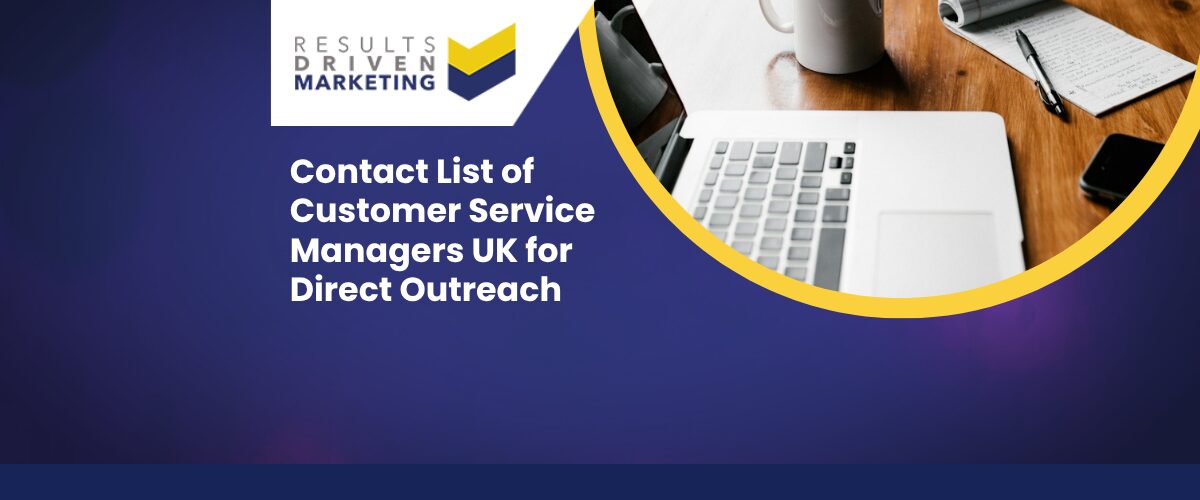
Prospect Marketing Tips for Your Business
Prospect marketing is a term that’s bandied about quite a bit, isn’t it? But what does it really mean? Well, let’s dive in and unravel this concept. It’s a fascinating world where understanding your audience is key, and where the right approach can make all the difference.
So, buckle up, because we’re about to embark on an enlightening journey into the realm of prospect marketing.
Table of contents:
What is Prospect Marketing?
Now, you might be wondering, “What exactly is prospect marketing?” Simply put, it’s the art and science of identifying and engaging potential customers, often referred to as prospects.
It’s about finding those individuals or businesses that are likely to be interested in what you have to offer and then crafting strategies to connect with them. Think of it as a matchmaking process between your business and potential clients. It’s all about making those meaningful connections that could lead to fruitful relationships.
The Prospect Marketing Process
What is a Prospect?
Let’s start with the basics: what is a prospect? In the simplest terms, a prospect is someone who has the potential to become a customer. They’ve shown some level of interest in your product or service, but they haven’t made a commitment yet.
They’re on the cusp, teetering on the edge of becoming a customer. It’s like they’re at the doorway of your business, peeking in, curious but not yet fully convinced.
What is a Sales Lead?
In the context of our discussion on prospect marketing, a sales lead is like a potential goldmine that hasn’t been fully explored yet. It’s a person or entity that has shown some level of interest in your product or service, but they’re not quite a prospect yet. Think of a sales lead as the first step in a journey towards becoming a prospect and eventually, a customer.
A sales lead might have interacted with your brand by signing up for a newsletter, downloading a whitepaper, or attending a webinar. They’ve raised their hand, so to speak, indicating a preliminary interest. However, they haven’t been qualified yet to determine if they’re a good fit for your product or service. This is where the distinction between a lead and a prospect becomes crucial.
In the grand scheme of things, especially when we talk about prospect marketing, a sales lead is like an initial point of contact. It’s a potential opportunity that needs further nurturing and qualification to determine if they can be moved down the sales funnel to become a prospect. This nurturing process often involves further engagement, understanding their needs, and assessing their potential to convert into a paying customer.
What is a Sales Opportunity?
In the realm of sales and marketing, particularly when discussing prospect marketing, a sales opportunity represents a pivotal moment. It’s a scenario where a potential customer, who has already been identified as a prospect, is evaluated and deemed to have a genuine likelihood of making a purchase. This is a step beyond a sales lead or a prospect; it’s a situation ripe with potential for a successful transaction.
Imagine a sales opportunity as a door that has just opened, revealing a path to a possible sale. It’s a prospect who has moved further down the sales funnel, showing not just interest but also a readiness or capability to buy. This could be indicated by their actions, such as requesting a product demo, engaging in detailed discussions about pricing, or asking specific questions that signal buying intent.
Lead vs. Prospect
A lead is essentially an individual or organization that has shown some level of interest in your products or services. This interest could be demonstrated through various actions such as subscribing to a newsletter, downloading a whitepaper, or attending a promotional event. At this stage, the lead may not have been thoroughly evaluated or qualified. They are potential customers, but it’s not yet clear whether they are a good fit for what you’re offering.
On the other hand, a prospect is a step further down the sales funnel. A prospect is a lead that has been qualified and deemed to have a higher potential for conversion. This qualification process often involves assessing factors such as their need for your product or service, their decision-making power, and their financial capacity to make a purchase. In simple terms, a prospect is a lead that has been vetted and is considered more likely to become a paying customer.
How to Turn a Lead into a Prospect
Turning a lead into a prospect involves a strategic nurturing process. First, gather detailed information about the lead to understand their needs, interests, and pain points. Engage with them through personalized communication, providing valuable content and solutions that align with their requirements. Use targeted marketing efforts to maintain their interest and build trust.
Evaluate their readiness to buy by assessing their engagement level and responses. Finally, qualify them based on criteria like budget, authority, need, and timeline. If they meet these criteria, they transition from a mere lead to a prospect, indicating a higher potential for conversion.
From Lead to Prospect: Crossing the Line
Crossing the line from lead to prospect is a critical transition in the sales process. It involves a careful evaluation and nurturing strategy. Start by understanding the lead’s specific needs and interests through targeted communication and engagement.
Provide them with relevant information and solutions that address their pain points. Monitor their responses and interactions to gauge their interest level. Qualify them based on factors such as their decision-making authority, budget, and genuine need for your product or service. Once they meet these criteria and show a readiness to consider a purchase, they move from being just a lead to a valuable prospect.
Stages of a Sales Opportunity
Now, let’s delve into the stages of a sales opportunity, as explained by Results Driven Marketing. It’s a bit like a roadmap, guiding you through the journey.
First, there’s the identification stage, where you spot a potential opportunity. Then comes the qualification stage, where you assess its viability. Next up is the proposal stage, where you present your solution. And finally, there’s the negotiation and closing stage, where you seal the deal. Each stage is crucial and requires a tailored approach.
Advantages and Disadvantages of Prospect Marketing
What are the Advantages of Using Prospect Marketing?
Prospect marketing, oh, it’s got its perks! Let’s count the ways:
Targeted Approach: You’re not shooting in the dark here. Prospect marketing allows you to focus on individuals who are more likely to be interested in your offerings.
Increased Efficiency: By focusing on prospects, you’re using your resources more wisely, not wasting time on leads that are unlikely to convert.
Better Relationships: It’s all about building meaningful connections. With prospect marketing, you’re engaging with people who are more receptive, paving the way for stronger relationships.
Higher Conversion Rates: Since you’re dealing with a more qualified audience, the chances of converting them into customers are higher.
What are the Disadvantages of Using Prospect Marketing?
But let’s be real, it’s not all sunshine and rainbows. Prospect marketing has its downsides too:
Time-Consuming: Identifying and nurturing prospects can be a time-intensive process. It’s not a quick win; it’s a long game.
Resource Intensive: It requires a significant investment of resources, from research to personalized engagement strategies.
Potential for Missed Opportunities: By focusing narrowly on prospects, there’s a risk of overlooking potential leads that could have been nurtured into prospects.
Complexity: The process of qualifying leads and nurturing them into prospects can be complex and requires a nuanced understanding of your audience.
Effectiveness and Considerations
Prospect marketing, it’s a bit like a puzzle, isn’t it? Each piece needs to fit just right for the whole picture to come together. But how effective is it really, and what should you be thinking about when diving into it? Let’s unpack this, shall we?
How Effective is Prospect Marketing?
Alright, let’s get down to brass tacks: How effective is prospect marketing, really? Well, when you play your cards right, it can be a game-changer. It’s like having a secret weapon in your marketing arsenal. Here’s the scoop:
Targeted Approach: Prospect marketing is like having a laser-focused beam. It targets individuals who are more likely to resonate with your product or service. This means your efforts are concentrated where they count the most.
Higher Engagement Rates: Because you’re reaching out to folks who have shown some level of interest or fit your ideal customer profile, the engagement rates tend to be higher. It’s like speaking directly to an audience that’s already halfway interested in what you have to say.
Better Conversion Rates: This is where the rubber meets the road. With prospect marketing, the likelihood of converting prospects into paying customers is significantly higher. It’s like fishing in a pond where you know the fish are biting.
Cost-Effectiveness: Sure, it might seem like a lot of effort upfront, but prospect marketing can be more cost-effective in the long run. Why? Because you’re not wasting resources on leads that are unlikely to convert. It’s about being smart with your budget.
Building Relationships: Prospect marketing isn’t just about making a quick sale; it’s about building relationships. By engaging with prospects, you’re laying the groundwork for long-term connections. It’s like planting seeds that could grow into fruitful trees.
Feedback and Insights: Engaging with prospects provides valuable feedback and insights. You get to understand what works, what doesn’t, and how you can improve. It’s like having a direct line to what your potential customers are thinking.
Is Prospect Marketing a Good Idea?
Now, you might be wondering, “Is prospect marketing a good idea for my business?” The short answer? Absolutely! It’s like choosing the right tool for the job.
Prospect marketing can be incredibly beneficial, especially if you’re looking to build lasting relationships with potential customers. It’s about quality over quantity, focusing on those who are more likely to convert rather than casting a wide net.
What are the Key Considerations When Prospect Marketing?
But hold your horses! Before you jump in, there are some key considerations to keep in mind:
Understanding Your Audience: It’s crucial to have a deep understanding of who your prospects are. What are their needs, preferences, and pain points?
Personalisation: One size does not fit all. Tailoring your approach to meet the specific needs of your prospects can make all the difference.
Resource Allocation: Prospect marketing can be resource intensive. Make sure you have the necessary tools and manpower to execute it effectively.
Measuring Success: How will you measure the effectiveness of your prospect marketing efforts? Setting clear metrics is key.
Continuous Improvement: It’s not a set-it-and-forget-it kind of deal. Continuously refining your strategies based on feedback and results is essential.
What are the Alternatives to Using Prospect Marketing?
So, what’s on the table besides prospect marketing? Here are a few alternatives:
Content Marketing: It’s like casting a wider net with valuable content to attract a broader audience.
Social Media Marketing: Engaging with potential customers where they hang out online.
Influencer Marketing: Leveraging influencers to tap into their followers.
Event Marketing: Hosting or participating in events to connect with potential customers.
FAQ
What is an Email Marketing Campaign?
So, let’s talk about email marketing campaigns. Picture this: you’re sending out a series of emails, all tailored and timed just right, to a bunch of folks who’ve shown interest in what you’ve got. It’s like throwing a net into the digital sea, hoping to catch some interested fish. You’re sharing info, deals, or maybe some tips, all with the goal of getting those readers to click, buy, or just stay hooked on your brand.
How Much Does Direct Mail Marketing Cost?
Now, onto the cost of direct mail marketing. It’s not just about slapping a stamp on an envelope. You’ve got to think about design, printing, and yeah, those postage costs. It’s a bit of a balancing act, really. You want to make it eye-catching but not break the bank. So, the cost? It can swing quite a bit depending on how fancy you get and how many folks you’re reaching out to.
Can You Measure the ROI of Direct Mail Campaigns?
Measuring the ROI of direct mail campaigns? Absolutely! It’s like keeping score. You want to know if your efforts are hitting the mark. Track things like how many people responded, how many took the action you wanted, and of course, how much dough you raked in compared to what you spent. It’s all about seeing if those mailed treasures are turning into real value.
How Can Direct Mail Simplify Account-Based Marketing Efforts?
Direct mail and account-based marketing, they’re like two peas in a pod. Direct mail adds that personal touch, you know? It’s tangible, it’s right there in your prospect’s hands. It can make your account-based marketing efforts feel more, well, human. It’s about making those key accounts feel special and cutting through the digital clutter.
What is the Average Response Rate for a Direct Mail Campaign?
The average response rate for a direct mail campaign, now that’s a number folks love to chew over. It’s like asking, “How good is my aim?” Generally, it’s higher when you’ve got your sights set just right – meaning your mail is personalized and hitting the right mailboxes. But remember, it’s an average; your mileage may vary.
How to Execute an Email Marketing Campaign?
Executing an email marketing campaign, let’s break it down. First, know who you’re talking to. Then, whip up some emails that are not just informative but also have a bit of zing to them. Schedule them smartly, don’t bombard folks. And after you hit send, keep an eye on how they’re doing. Are people opening them? Clicking on stuff? It’s all about tweaking and improving as you go.
Who are we?
Dedicated to lead generation, Results Driven Marketing provides myriad services SMEs can trust to deliver results.
Our marketing lists are guaranteed accurate to industry high standards, and GDPR compliant and our experience team means that if you are looking to buy data, they make them totally bespoke and highly relevant whether you are looking for email lists, direct mailing lists or telemarketing lists.
Our email marketing software is highly rated. Responder provides the automation tools you need to put your marketing on autopilot.
We also supply email marketing solutions with our email marketing platform.
Call us today on 0191 406 6399 to discuss your specific needs.
Results Driven Marketing
info@rdmarketing.co.uk
0191 406 6399





